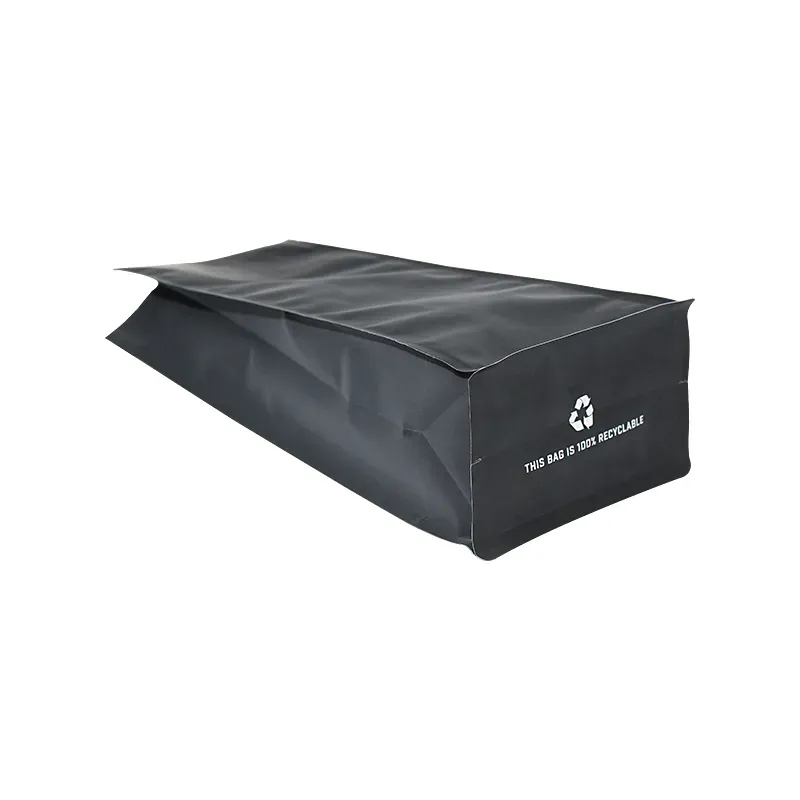- Afrikaans
- Albanian
- Amharic
- Arabic
- Armenian
- Azerbaijani
- Basque
- Belarusian
- Bengali
- Bosnian
- Bulgarian
- Catalan
- Cebuano
- chinese_simplified
- chinese_traditional
- Corsican
- Croatian
- Czech
- Danish
- Dutch
- English
- Esperanto
- Estonian
- Finnish
- French
- Frisian
- Galician
- Georgian
- German
- Greek
- Gujarati
- haitian_creole
- hausa
- hawaiian
- Hebrew
- Hindi
- Miao
- Hungarian
- Icelandic
- igbo
- Indonesian
- irish
- Italian
- Japanese
- Javanese
- Kannada
- kazakh
- Khmer
- Rwandese
- Korean
- Kurdish
- Kyrgyz
- Lao
- Latin
- Latvian
- Lithuanian
- Luxembourgish
- Macedonian
- Malgashi
- Malay
- Malayalam
- Maltese
- Maori
- Marathi
- Mongolian
- Myanmar
- Nepali
- Norwegian
- Norwegian
- Occitan
- Pashto
- Persian
- Polish
- Portuguese
- Punjabi
- Romanian
- Russian
- Samoan
- scottish-gaelic
- Serbian
- Sesotho
- Shona
- Sindhi
- Sinhala
- Slovak
- Slovenian
- Somali
- Spanish
- Sundanese
- Swahili
- Swedish
- Tagalog
- Tajik
- Tamil
- Tatar
- Telugu
- Thai
- Turkish
- Turkmen
- Ukrainian
- Urdu
- Uighur
- Uzbek
- Vietnamese
- Welsh
- Bantu
- Yiddish
- Yoruba
- Zulu
Exploring Various Types of Zippers and Their Unique Features
Different Kinds of Zippers A Comprehensive Overview
Zippers are ubiquitous in fashion and functional design, serving as a practical solution for fastening garments, bags, and various other items. While they may seem like simple mechanisms, zippers come in a variety of types, each designed for specific purposes and with unique characteristics. Understanding the different kinds of zippers can enhance not only the functionality of a product but also its aesthetic appeal.
1. Concealed Zippers
Concealed zippers are designed to blend in with the garment, making them nearly invisible when closed. These zippers are commonly used in high-fashion garments such as dresses and skirts, where a clean line is essential for the overall silhouette. The zipper teeth are covered by the fabric, allowing for a seamless look that enhances the garment's style. This type of zipper requires precision in sewing to ensure that it is hidden effectively.
2. Exposed Zippers
Contrary to concealed zippers, exposed zippers are meant to be seen. They are often used as a design element in jackets, bags, and even some types of clothing. These zippers offer a modern and edgy aesthetic, making them a favorite in contemporary fashion. The teeth are visible and can even be designed in various colors to add an extra flair. Exposed zippers are often more robust than their concealed counterparts, making them suitable for heavier fabrics.
3. Coil Zippers
Coil zippers are made from a continuous coil of plastic or nylon, making them flexible and lightweight. They are commonly found in outdoor gear and sportswear due to their durability and resistance to harsh weather conditions. Coil zippers have a smooth operation, and when closed, they provide a sleek appearance. These zippers are versatile and can be used in a wide range of applications, from clothing to bags.
4. Metal Zippers
As the name suggests, metal zippers are made with metal teeth and are known for their strength and durability. They are often used in jeans, jackets, and high-end bags. Metal zippers come in various finishes, such as brass, nickel, and antique, allowing for aesthetic customization. One of the downsides of metal zippers is that they can be heavier than other types, but their robustness usually compensates for this.
different kinds of zippers

5. Plastic Zippers
Plastic zippers, often used in lightweight clothing and gear, are constructed from molded plastic teeth. They are resistant to corrosion, which makes them ideal for use in swimwear and other outdoor items. Plastic zippers are available in various colors and sizes, making them a popular choice for fun and trendy applications. They also provide good flexibility, which is crucial for items that undergo significant movement.
6. Two-Way Zippers
Two-way zippers are equipped with two sliders, allowing for opening and closing from both ends. They are particularly useful in items such as jackets, where you might want to unzip from the bottom for better mobility. They are also found in sleeping bags and luggage, providing users with enhanced access. This type of zipper can add a layer of convenience and style.
7. Invisible Zippers
Invisible zippers have been specially designed to be sewn in a way that makes them nearly invisible on the outside of the garment. The teeth are hidden behind a flap of fabric, making this zipper ideal for formal wear and tailored clothing. They require a specific type of sewing technique to ensure that the fastener remains discreet while still functioning effectively.
8. Heavy-Duty Zippers
Heavy-duty zippers are built to withstand stronger force and more rigorous use. They are often made from thicker metal or robust plastic and are usually found in items like industrial-grade bags, outdoor gear, and workwear. These zippers are designed to endure tough conditions and frequent use, ensuring longevity and reliability.
Conclusion
The world of zippers is diverse, with each type tailored for specific needs in fashion and function. From the sleek look of concealed zippers to the rugged durability of heavy-duty zippers, understanding their characteristics can significantly impact your choice in design and application. Whether for style or utility, the right zipper can make all the difference in the functionality and aesthetics of garments and accessories. As you explore your options in zippers, consider how these various types can enhance your projects, whether you are designing a new piece of clothing or repairing an old favorite.













